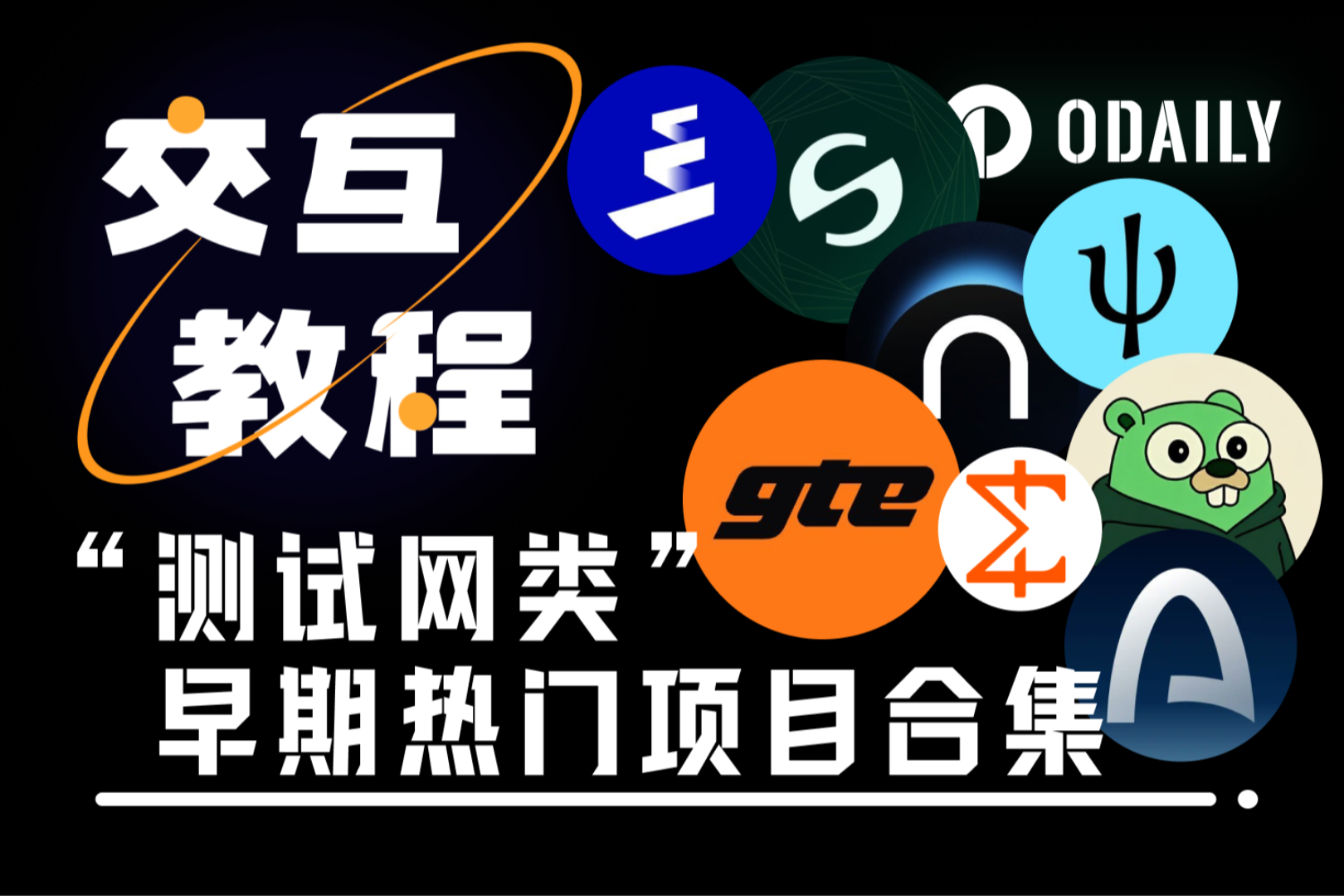Why UX Abstraction is Key to Mass Adoption of Web3
Original author: Geng Kai, Eric, DFG
Introduction: The biggest bottleneck of Web3 is not infrastructure, but user experience
The early stages of Web3 were focused on innovation. At the time, several independent blockchains were launched with different priorities, including speed, security, composability, and community ownership. However, this burst of creativity led to a fragmented ecosystem with a lack of interoperability, inconsistent tools, and isolated assets and liquidity.
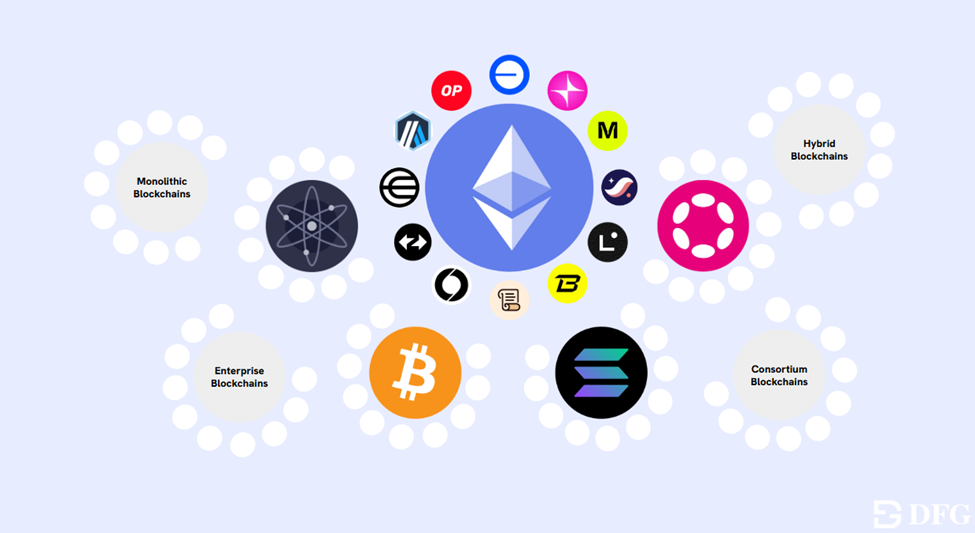
Web3 solves some of the problems, but one challenge still holds everything back: user experience.
We are at a familiar inflection point that mirrors the evolution of the early internet. Using a dApp today feels like browsing the internet in the 90s. For the average user, navigating blockchains, wallets, cross-chain bridges, gas fees, protocols, and signatures is still clunky and overwhelming. These aren’t just minor issues, they’re barriers to adoption.
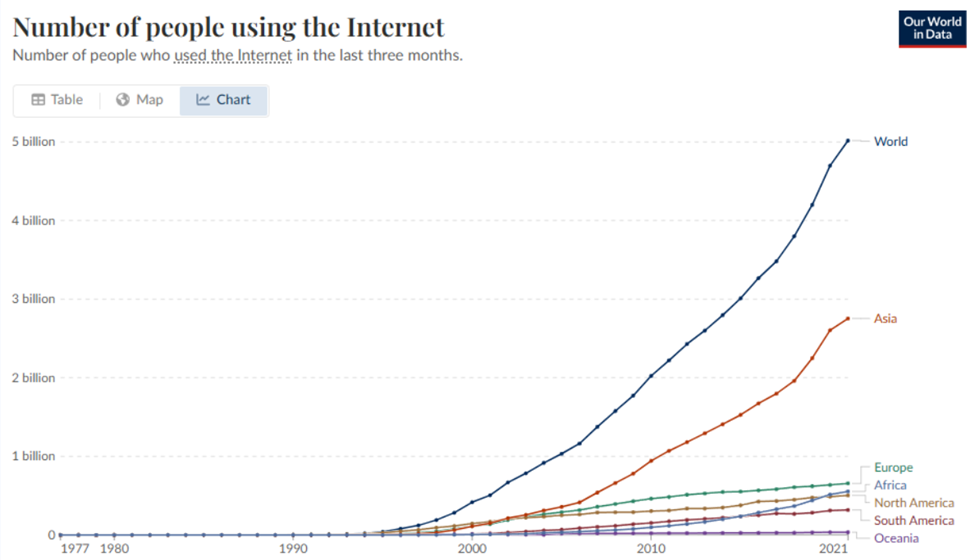
The introduction of TCP/IP and web browsers unlocked the internet and led to mass adoption.
The contradiction is obvious: although the infrastructure is mature, the user experience has not changed. With the increase in institutional recognition, the launch of BTC and ETH ETFs, and the advancement of regulatory frameworks such as the GENIUS Act, it is no longer the infrastructure that limits the popularity of cryptocurrencies, but availability.
User Experience Abstraction Framework: From Friction to Smoothness
UX abstraction is the process of systematically hiding the underlying complexity of blockchain interactions from end users. It’s not just about simplifying operations, it’s about designing systems that are smart enough to manage complexity on behalf of users. Just as the Internet transitioned from IP addresses and command lines to browsers and applications, Web3 must transition from mnemonics and signatures to seamless intent-driven interfaces.
This progression is broken down into three abstract stages, each representing a deeper level of integration and a clearer path to mainstream usability.
Phase 1: Obvious user experience improvements
In the first phase, developers focus on minimizing friction in the existing Web3 mental model. Users still need to understand the network, wallets, and assets, but the interface will be streamlined to reduce context switching. For example, decentralized exchanges now typically integrate cross-chain bridge protocols directly into their user interfaces, allowing users to transfer assets across chains without leaving the platform.
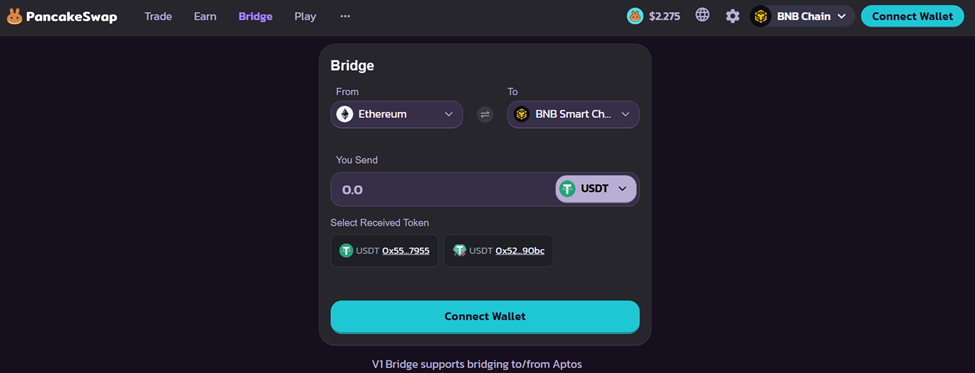
Pancakeswap integrates with Celer, Stargate, DeBridge and other bridges
Wallets such as Phantom and Trust are expanding their native ecosystems to provide one-stop multi-chain access services, while yield platforms such as Superlend and Beefy aggregate investment opportunities across networks, allowing users to compare and deploy funds on a unified dashboard.
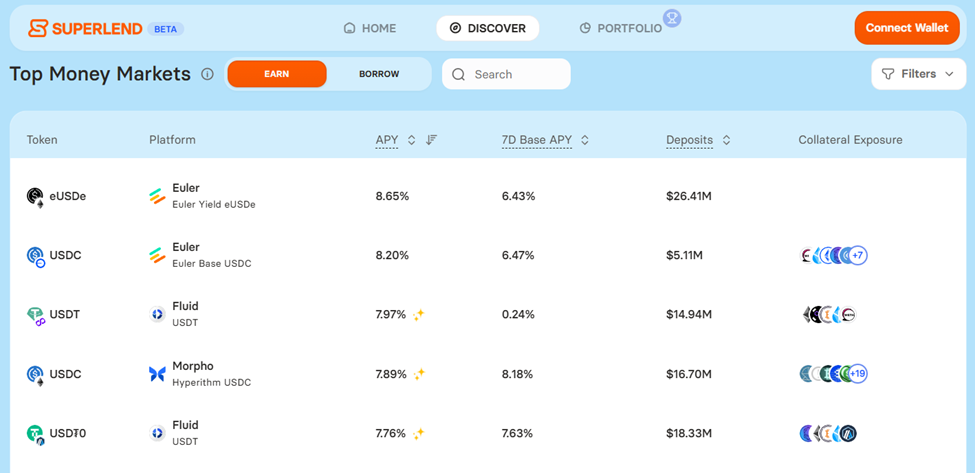
Cross-chain aggregation lending opportunities on Superlend
However, despite these advances, cognitive load remains. Users still need to keep track of where their assets are, manage gas tokens across different chains, and understand the nuances of specific networks. This level of abstraction improves the interface but does not change the experience. The basic mental model of “which chain is this app on” and “I need to bridge and switch chains” still exists.
Phase 2: Execution-level abstraction
In the second phase, the complexity of Web3 interactions begins to shift from the interface to the execution layer. Users no longer need to understand or coordinate multi-step, cross-chain workflows. Instead, they simply define the desired actions, and the application handles the rest.
This is made possible by technologies like ERC-4337 and Gas abstraction, which remove the need for users to hold native Gas tokens on every chain they interact with. Smart contracts or third-party relayers absorb the associated costs through sponsorship or dynamic fee mechanisms. From a user’s perspective, transactions can proceed smoothly—no more manually recharging wallets on unfamiliar chains.
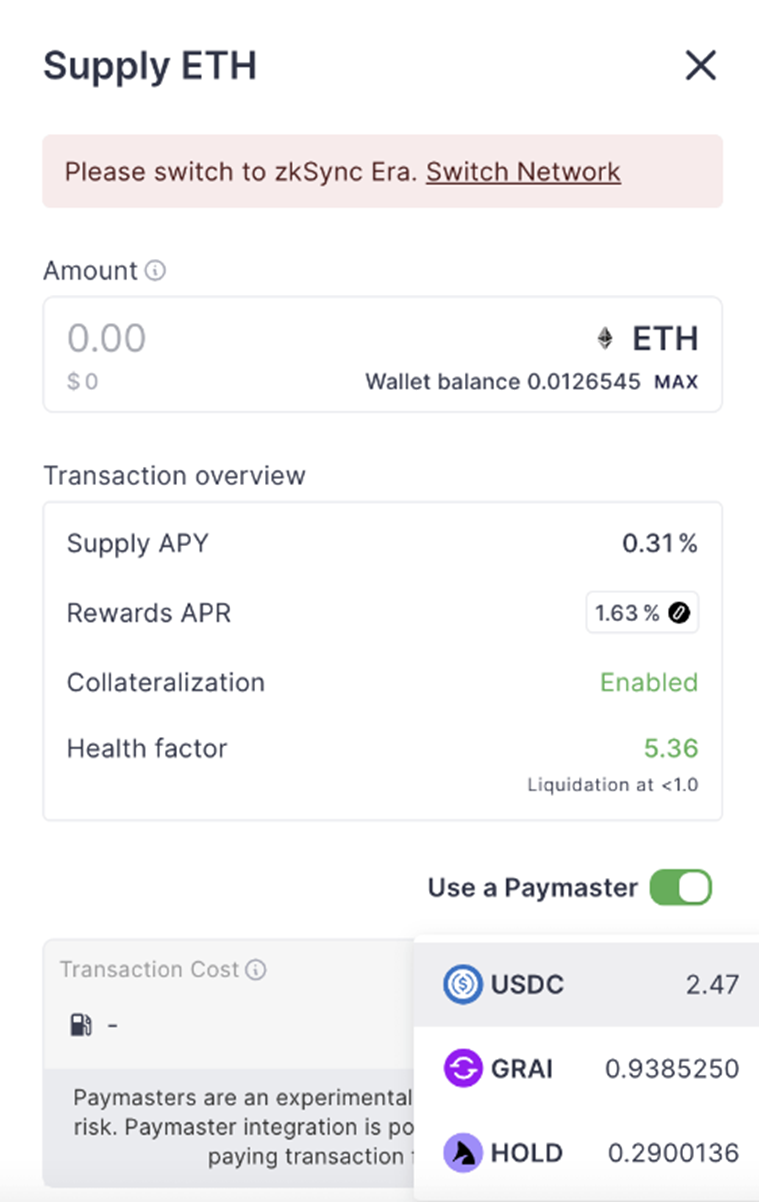
Zerolend Paymaster integration allows gas payments in multiple tokens
Solver networks take this advantage a step further by introducing an intent-based architecture. Instead of interacting with a single protocol, users express an outcome (such as exchanging tokens or bridging assets), and competing solvers determine the most efficient execution path. Networks such as Enso, Aori, and Khalani are examples of this model, powering cross-chain applications with better pricing and execution speed.
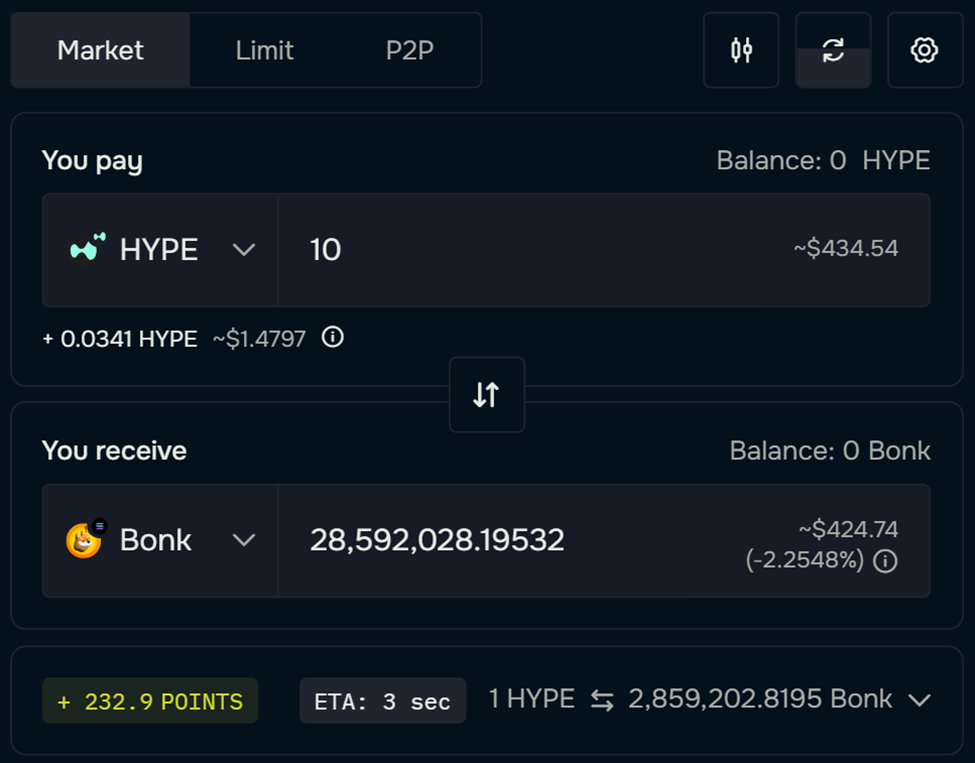
Cross-chain swap on Debridge
New token standards also play a key role. Solutions such as LayerZero’s OFT, Chainlink’s CCT, and Wormhole’s NTT simplify cross-chain token interoperability through burning and minting mechanisms, thereby reducing the risk of liquidity fragmentation and decoupling.
While these developments have significantly reduced the complexity of workflows, users are still aware that they are using a blockchain system. They must sign transactions, manage wallets, and understand that certain operations may fail due to underlying network issues. Abstraction has moved deeper into the stack, but it has not gone away.
Stage 3: Complete Concept Abstraction
The third and most advanced layer of user experience abstraction allows users to completely avoid thinking about the blockchain. At this layer, the concepts of chain, gas, and wallet will no longer exist. The experience embodies the simplicity of Web2 - user action, result delivery.
This is an emerging area of super wallets and intent-centric agents. Platforms such as NEAR Wallet, Particle Network, Turnkey, and OneBalance provide smart wallet infrastructure that abstracts private key management, supports Web2-style social logins, and aggregates user balances across chains. OKX’s wallet embodies this approach, integrating gas-free transactions and multi-chain support into a single, easy-to-use interface.
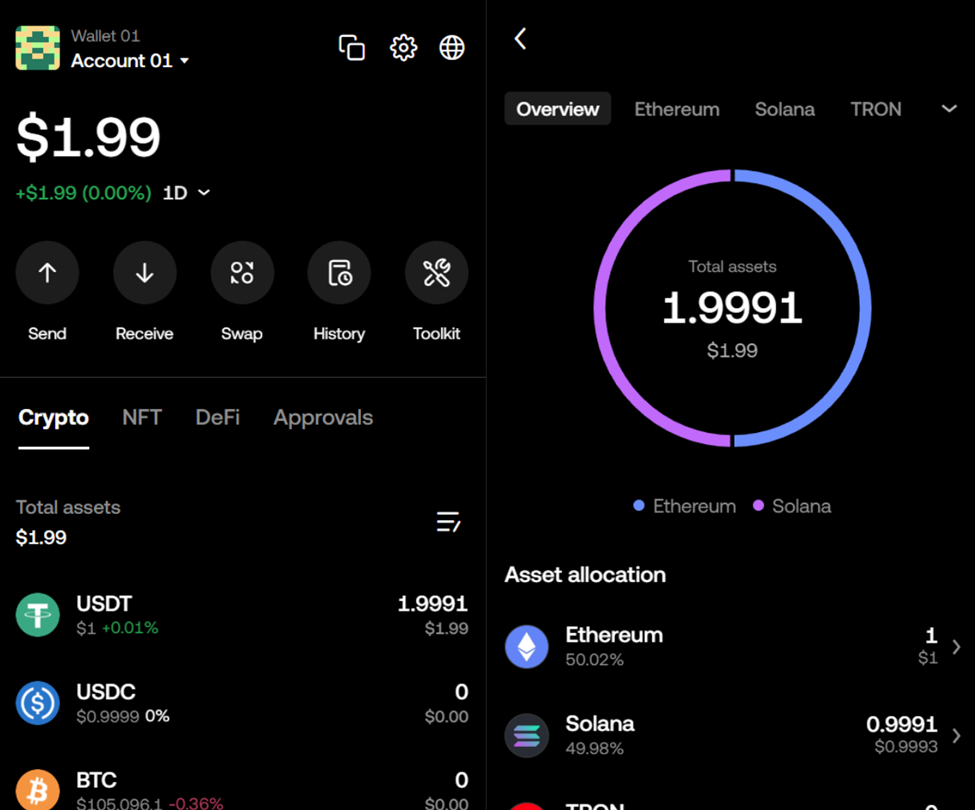
One promising innovation is the NEAR Protocol’s on-chain signatures, which allow users to sign transactions across multiple blockchains through a single NEAR account. This architecture uses multi-party computation (MPC) technology and does not require developers to redeploy contracts on different chains or build chain-specific signing logic.
DeFAI platforms such as Griffain and HeyAnon offer groundbreaking interactive interfaces where users can express their goals in natural language — such as “stake my USDC to earn SOL yield” — while solvers perform the necessary steps in the background. These systems utilize delegated wallets and session keys, eliminating the need for repeated transaction approvals.
Combined with the technology stack mentioned in Layer 1 and Layer 2, these smart wallets and AI-enabled applications achieve the highest level of user experience abstraction currently available.
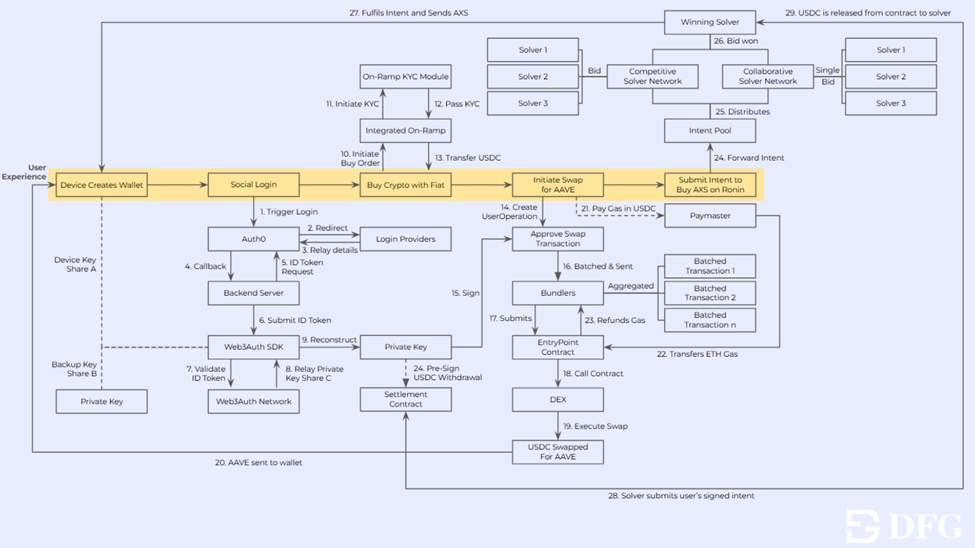
Even at this level, however, abstraction is not absolute. If a smart wallet does not yet support a particular blockchain, the experience may degrade quickly. AI-enabled platforms may still require users to have some familiarity with relevant financial primitives. Furthermore, developers and protocols are often optimized for specific ecosystems, which can present subtle obstacles even in blockchain-agnostic interfaces.
To overcome these limitations, developers must adopt a new way of thinking — one that prioritizes outcomes over infrastructure when designing experiences, and strives to build for generalizability rather than ecosystem lock-in.
Why UX Abstraction is the Future of Web3
Abstraction is an architectural necessity for cryptocurrencies to achieve scalability. The next wave of users will not learn to use blockchains. They expect to use applications, and those applications must be smart enough to manage complexity in an invisible, secure, and reliable way.
Abstraction enables this shift because it breaks down barriers between protocols and chains, removes the tedious computation of managing gas and keys, and aligns cryptocurrency UX with the expectations set by modern Web2 products. Just as TCP/IP and HTTP enabled mass adoption of the Internet, UX abstraction is an application-level requirement for achieving mass adoption of Web3.
Importantly, abstraction is not one-size-fits-all. Crypto native users may still value fine-grained control and composability, while newcomers prefer simplicity. Supporting multiple levels of abstraction ensures that Web3 can scale inclusively without alienating any one party.
The road ahead
The direction is clear: the future of Web3 is chainless. But achieving this goal requires not only technological breakthroughs, but also a completely new way of thinking - developers design for results rather than just focusing on protocols; wallets will become their agents; user experience is no longer an afterthought, but the foundation.
With the right abstractions, users no longer need to understand blockchain to use it. They just need to act — and the dApp will deliver.
Original article: https://dfg-official.medium.com/why-ux-abstraction-is-the-key-to-mass-web3-adoption-fe 4 c 76 e 0103 f
About DFG
Digital Finance Group (DFG) is a global leading Web3 investment and venture capital firm founded in 2015. DFG manages over $1 billion in assets and invests in different areas of the blockchain ecosystem. Our portfolio has invested in more than 100 pioneering projects including Circle, Ledger, Coinlist, Near, Solana, Render Network, ZetaChain, etc.
At DFG, we are committed to creating value for our portfolio companies through market research, strategic consulting and sharing our vast resources globally. We are actively working with the most transformative and promising blockchain and Web 3.0 projects that are poised to revolutionize the industry.
DFG website: https://dfg.group
DFG Twitter: @DFG__Official
DFG LinkedIn: DFG


